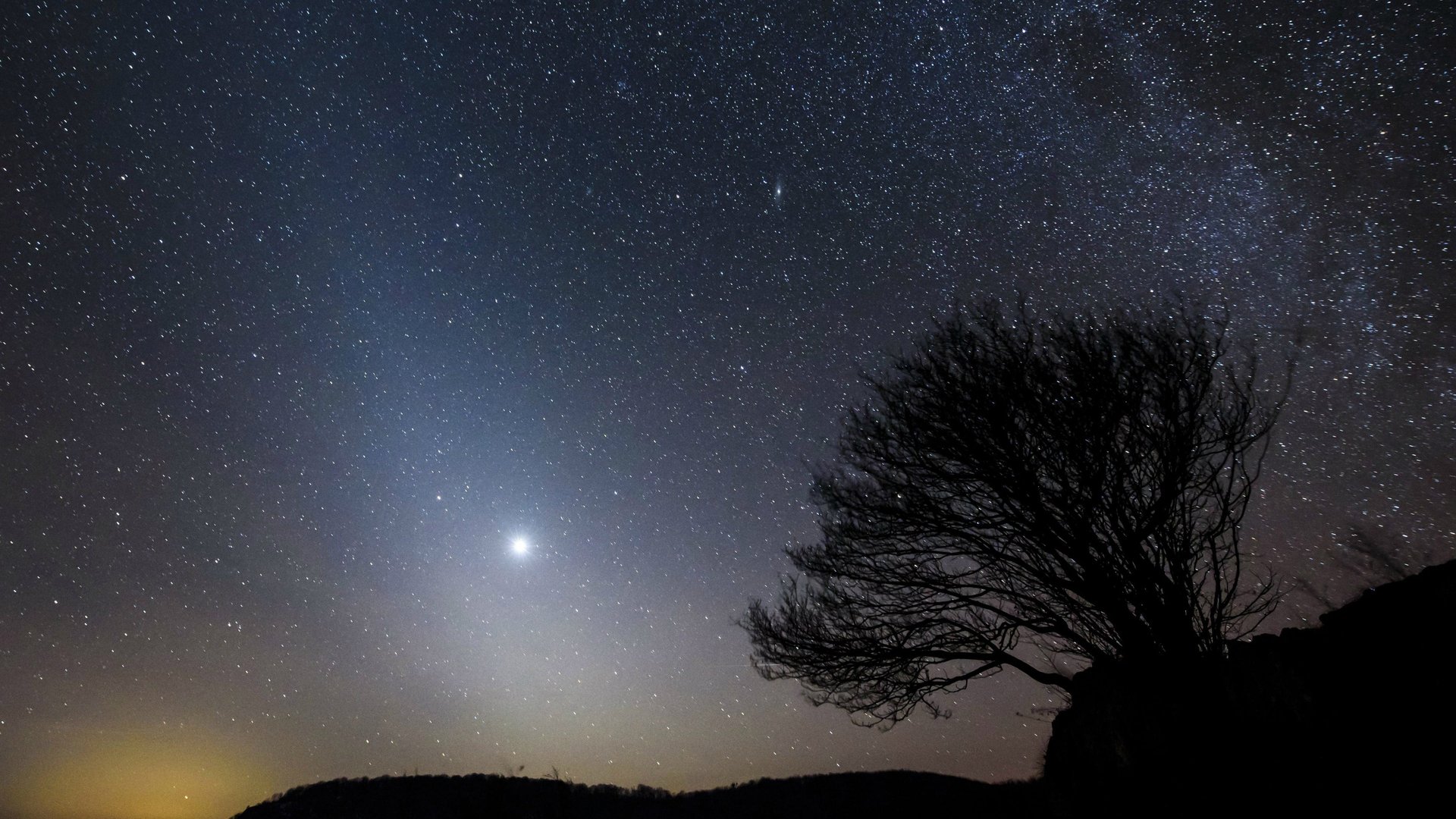When the sun dies it will turn into a bright dust ring for 10,000 years
Astronomers have long hypothesized what will happen once time inevitably snuffs out the sun.


Astronomers have long hypothesized what will happen once time inevitably snuffs out the sun.
For months, a team of scientists stared into the star, straight into the jowls of the Earth’s eventual demise. They walked away saying, “This is a nice result.”
That’s because they came out of the process with a new model to predict the lifecycle of stars. Compared to other more distant stars, the Earth’s sun is medium-sized (even among other yellow dwarf stars) prompting scientists to wonder whether its size would make it behave differently once it died. Using their new model, based off data with updated calculations of the mass of individual stars, the researchers determined that the sun is just barely big enough to act similarly to some of the faraway stars they’ve observed in their death throes. That is to say, the sun will one day dramatically transform into a bright ring of cosmic dust.
When medium-sized stars die, they undergo a flurry of activity, including one phase of extreme loss of mass. That creates a “superwind” effect that pushes huge amounts of dust outward from the star’s degenerate core, creating a bright, nebulous ring around its former self. That luminous envelope of dust can be as much as half the star’s mass. The star then enters a 10,000-year cooling stage before disappearing altogether. Although it is projected to have a much fainter nebula than bigger stars, the Earth’s sun is expected to follow that same course, according to a new study published May 7 in the journal Nature Astronomy.
The study adds more evidence supporting one side in a long-running debate about the death of stars in the scientific community. For more than 25 years, scientists have disagreed about how bright—if at all—the luminous dust of the sun could be, given its relative size. Many said they believed it wouldn’t be visible at all. The new data suggest the sun is just big enough to give off a bright ring of light.
“We found that stars with mass less than 1.1 times the mass of the sun produce fainter nebula,” said Albert Zijlstra, of the University of Manchester, in a press release. “This is a nice result…we now have a way to measure the presence of stars of ages a few billion years in distant galaxies.”
Luckily, humans today have no reason to be anxious about our own sun dying anytime soon. It’s expected to be around for about another 10 billion years before it eventually succumbs to a non-existence as interstellar dust.